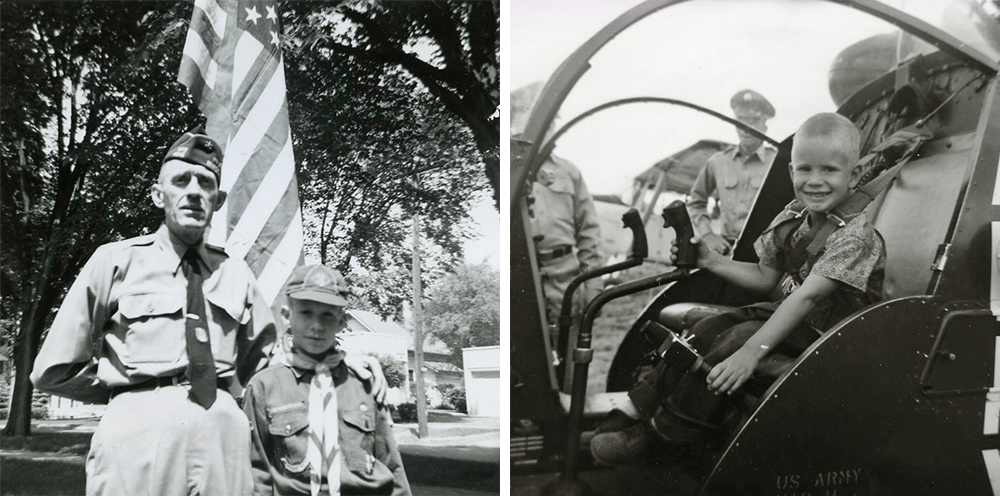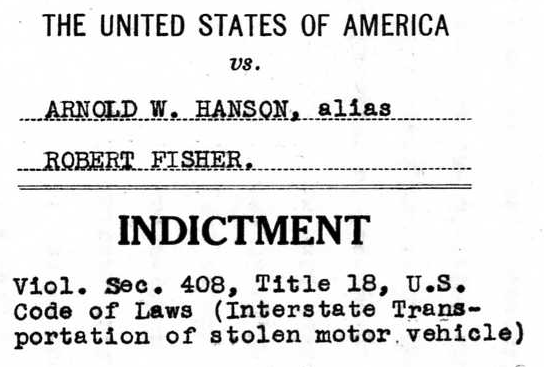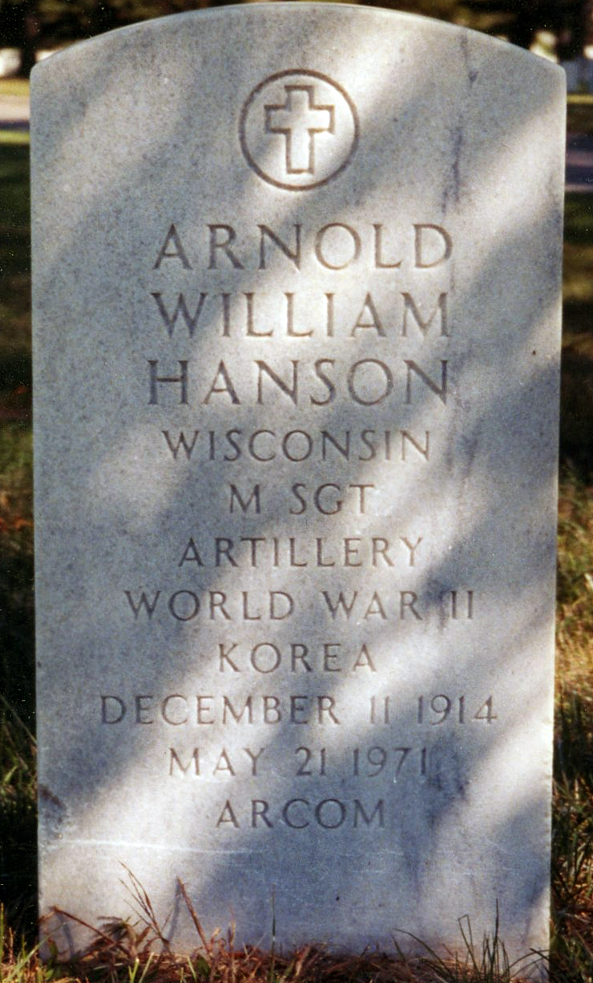Dad was a Deserter!

DGS 2022 Writing Contest Submission: Your family’s black sheep
by Tony Hanson
My father was quietly proud of his military service. He retired from the US Army in 1960 as a Master Sergeant, which was the highest possible non-commissioned officer rank available. Following his retirement, he worked as a Service Officer for the Veterans Administration and served as the President of the local Veterans of Foreign Wars and American Legion posts. I was active in Scouting, so we marched in our towns Memorial Day parades and attended memorial services at the local veteran’s cemetery together.

I was born towards the end of his military career, but still have vivid memories of the Christmas parties held for families at Fort Carson, Colorado. I was born on May 17th, which is close to Armed Forces Day (May 21), so I was convinced that the on-base events were being held to celebrate my birthday. Who needs a bouncy house when you can sit in a real helicopter?
He died shortly after my 16th birthday so my memories of him are filtered by my youth and have become more distant as the years pass. When I began researching my family history many years later, he was an obvious and irresistible focus for my research.
His military records were partially destroyed by a 1973 fire that ravaged the National Personnel Records Center in St. Louis, Missouri. Fortunately, he maintained (and my mother preservedi) a personal copy, so I was able to assemble a nearly complete record of his Army career. I began to research his early life with great interest.
He was the son of Norwegian emigrants. His father died when he was 7 years old so he, a brother and a sister, were raised during the depression in Wisconsin by a single mother. Jobs were scarce when he graduated from High School in 1934 so he joined the recently formed Civilian Conservation Corps.
The quasi-military life seemed to agree with him, so he decided to pursue a career in the military. Funding for the US military had been sharply curtailed following WW I (and would not be increased until 1940), so it is notable that he was allowed to enlist in the peacetime US Army in January of 1937.
The Statement Of Applicant attached to his 1937 enlistment papers raised a few questions in my mind:
“I certify that I fully understand the condition under which I am enlisting; that no promises have been made to me that I would be assigned to a school or that I would be taught to fly or given any flying instruction;”.

My guess is that the recruiting officer who had shepherded his enlistment had been a little less than honest about the opportunities that would be provided to him when he enlisted. Despite the misgivings he must have felt he went through with the 2-year enlistment.
I’ll never know for sure, but it’s a safe bet that he received more promises about his future assignments when he re-enlisted two years later. By all appearances he was a model soldier (but a soldier who had not received any aviation-related assignments) right up to the moment when he went AWOL (Absent WithOut Leave) in 1940.

My father was a deserter!
And that wasn’t the worst of it: He was arrested two months later driving a stolen vehicle.

My father had an alias!
He was convicted and received a sentence of one year and one day in the Penitentiary, but the sentence and judgment were suspended, and he was placed on probation for two years.

My father was a convicted felon!
Needless to say, this aspect of his life had never been a topic of conversation at the dinner table when I was growing up. It came as a complete surprise to my three older siblings, and it all happened before he met and married the woman who would become my mother.
Prior to 1940 his background would have been enough to prevent his re-enlistment in the US Army, but the outbreak of WW II prompted a relaxation of enlistment restrictions. He re-joined the Army in 1943 and went on to become the father I knew, loved and respected.

i See “Digitizing Dad’s Letters”
©2022 Tony Hanson
Published by Dallas Genealogical Society with the author’s permission
